Blog
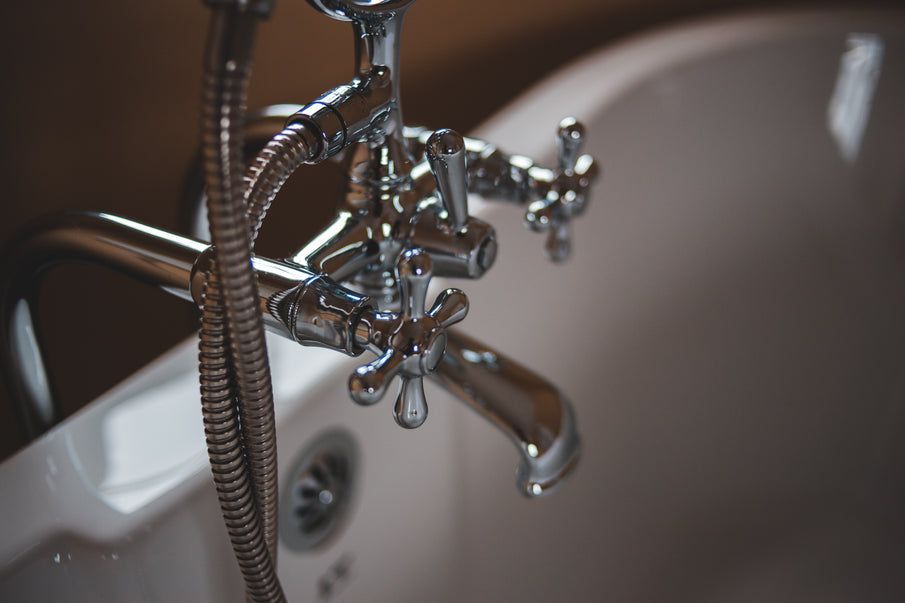
When it comes to home improvements, we mainly look at things that add details to our home that makes it inviting, pleasing, and to a more modern, livable home. But, like anything else, plumbing fixtures must also be on the project list. For most homeowners, it’s easy to ignore their plumbing fixtures until such happens. It could be something like a leaky faucet, clogging due to sediment build-up, or anything that makes it a good reason we need to upgrade our plumbing fixtures. So we have here the list of the most common reasons why! Improve Its Efficiency and Performance The undoubted benefit of replacing outdated plumbing fixtures is its efficiency and performance. Limescale build-up in your plumbing fixtures from hard water is more likely due to its lesser efficiency. Adding a water softener is an ideal solution in treating mineral-rich water such as calcium and magnesium that makes hard water. Prevent Leaking Take a look at your taps; if you see dripping water from your plumbing fixtures, it might indicate that it needs to be replaced. If left unchecked, it could significantly impact your water bills. Prevent a more severe problem and replace your fixtures before it’s too late! Lower Utility Bills Unlike the older fixtures most common in the market back then, energy-saving plumbing fixtures are the best investment to lower your water bills. A new advanced technology upgrade on low-flow plumbing fixtures is designed to use less water than previous old fixture models. It is not just bringing down the utility bills; eco-friendly plumbing fixtures matters! Different Household Needs One common reason why homes need to upgrade plumbing fixtures is different needs. A new family may want a combination of bathtub and shower for their young ones to take a bath much more accessible or to older people needing more space and support by additional handrails to improve bathroom safety. Adds Convenience Installation of new plumbing fixtures adds more comfort. Imagine seeing the old plumbing fixtures you have that used to be shiny are dull, and the finish is cracking. They are nightmares. Even if they are working just fine, old plumbing fixtures aren’t lovely to look at or use. Increasing The Resale Value Of Your Home If you wish to sell your home, new plumbing fixtures in bathrooms and kitchens add considerable value to your property. When time and money are insufficient to remodel before selling, a simple installation of a faucet and a shower head is a quick, easy, and affordable alternative. Attract your potential buyer with a top price for your home! Choose Pure Water Canada for your Plumbing Needs If this reading inspires you, Pure Water Canada can help you with your plumbing needs. We provide our customers with a vast number of different products. We have you covered, whether it’s a high-end professional product or an economical choice. If we don’t have it, we’ll find it for you!

Choosing the right water heater to equip your home's hot water needs is essential to most homeowners. Its performance, cost, and longevity are the main things you should consider when deciding what type of water heater you will invest in. You may hear about the most common or the traditional storage-tank water heater and a tankless water heater. To help you understand, we've devised this comparison to know what's the best for you! What is a Storage Tank Water Heater? One of the most common homeowners is the traditional storage-tank water heater due to its lower cost. While this kind of water heater is frequently used, its popularity nowadays is losing due to its inefficiency. The tank is filled with tap water and then heated for domestic use. If the water is not being used, it sits in the storage tank, continually heated until its subsequent consumption. Most homeowners pay to have heated water whether they need it or not. What is a Tankless Water Heater? The tankless water heater or commonly known as the on-demand water heater. What it makes different from a storage-tank water heater is that it only heats water when required, rather than continually running to keep water hot like a storage-tank water heater. The water is heated as it runs through a heat exchanger to bring up the temperature and directly to your shower or faucets. Now we have a glimpse of understanding between a storage-tank water heater and a tankless water heater will move forward to help you understand further. COST COMPARISON Price is one of the most influential things that can affect when we consider purchasing a water heater. A tankless water heater costs higher compared to a traditional storage-tank water heater. If you have a traditional storage-tank water heater and are planning to upgrade to a tankless water heater, get financially ready because you might run into some extra expenses regarding plumbing installation changes. ENERGY-EFFICIENT WATER HEATER Tankless water heaters are more efficient than most common traditional storage tank water heaters. As we have mentioned earlier, a tankless water heater only heats water by its demand, which is why it uses less energy than the storage-tank water heaters in which the water is heated all the time to its preset temperature in case you need it. Heat loss is a significant factor in higher energy costs and efficiency in storage tank water heaters, though adding insulation can reduce heat loss. THE LIFE EXPECTANCY OF THE UNIT Working estimates for most tankless water heaters can last 20 years or more compared to the storage tank water heaters, which last about 10 - 15 years. Now, if you decide to go for a tankless water heater due to its longevity, let you know a storage-tank water heater can extend its life by having extra care such as routine maintenance like draining the water heater. HOT WATER HEATER WARRANTY Many water heater manufacturers require or recommend the treatment of hard water for the customer’s warranty coverage to remain valid. Tankless hot water heaters can last decades if properly cared for. Regular maintenance is essential to ensure your water heater runs smoothly and to keep the manufacturer’s warranty active. Conclusion Choose a tankless water heater if you want to save more money over time. And If you are on a tight budget, choosing a storage-tank water heater makes sense. No doubt that these two provide their purpose in having hot water in our homes.
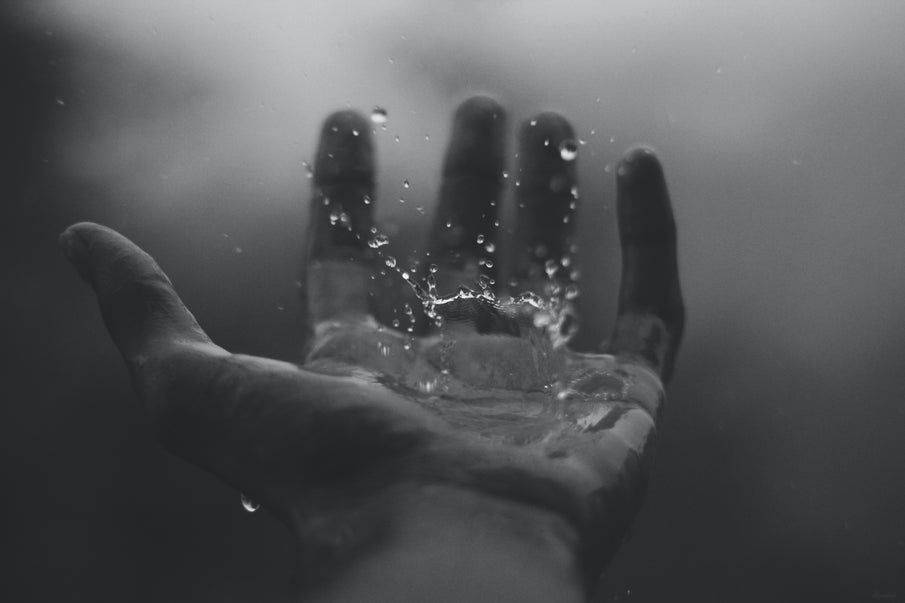
Did you know that there is hard and soft water? The difference is that the mineral-rich water, such as calcium and magnesium, makes the hard water. The good thing is that this is not harmful to your health, but the bad news is that it can be detrimental to your home. When these minerals flow through your water pipes and combine with heat, it will leave scale and buildup residue that damages your pipes and even your appliances and fixtures. A great solution to this problem is having a water softener, which treats hard water by removing the calcium, magnesium, and other mineral ions in your water. We've narrowed down some of the benefits of having a water softener . CLEANER HAIR AND SOFTER SKIN You may not notice the difference in one shower, but the regular use of hard water can make you feel your skin become dry and scratchy, and your hair gets dull and brittle. You can turn around these effects by installing a water softener that will filter out those harsh minerals, try a few showers with soft water, and see noticeable results returning to life to both skin and your hair. HOME APPLIANCES The high concentration of calcium and magnesium often results in mineral deposit buildup that can wear down your water-using appliances such as water heaters, dispensers, and shower outlets. This affects the performance of these appliances and reduces their lifespan drastically. Adding a water softener can prevent these effects and helps water-using devices last longer. CLEAN EFFICIENTLY Water is essential to most of the cleaning activities in our home, from washing the dishes and cleaning the bathroom. You'll often need to spend more money cleaning with hard water to achieve the desired results due to the creation of soap curd. Switching to soft water can help you clean more efficiently and effectively since it's far better at producing lather from soap. COST SAVINGS The significant benefits of having a water softener are for our health and wellness, but did you know that it can also save money? Yes, mineral buildup on pipe narrows the area where water can move through, which requires a higher pump pressure and directly means higher electric bills. It also saves you from costly repair and replacement. GENTLE FOR PIPES AND FAUCETS Pipes and faucets are more likely to suffer from hard water at home. Since the minerals in water clogged up so badly, it needs some repairs and replacement. Other options are cleaning the buildup area or asking for professional help, which is an additional cost. Get rid of this problem by adding a water softener . Conclusion As you can see, water softeners provide numerous benefits not only for health and wellness but also for your home appliances and plumbing fixtures. Whether you want to save time and money, one thing for sure is that it can help you improve your daily life. Pure Water Canada provides the best solutions for your water treatment, plumbing, pump and tank needs! If we don't have it, we'll find it for you! Contact us today.
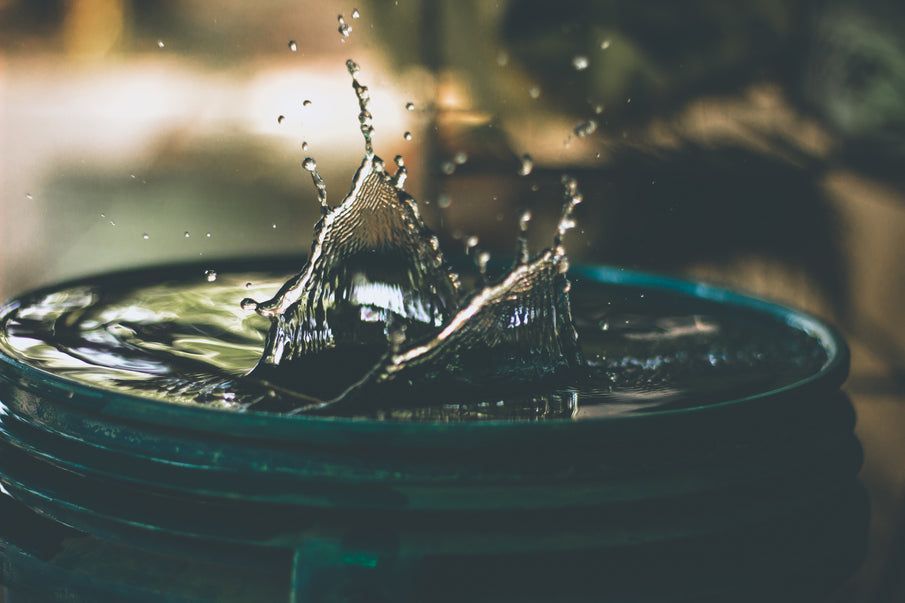
WHY DOES WATER QUALITY MATTER? Water makes up about 60% of our weight and is involved in many essential functions in our body. Water also plays a vital role in flushing out unnecessary toxins. Getting enough water every day is necessary for our health. However, tap water, which is meant to be "safe drinking water" that comes from our water sources such as rivers, wells, and lakes, carries harmful substances that can cause several diseases in humans. Due to this threat, water treatment has become sought-after as a line of protection from the unseen contaminants that affect water quality. This article will go through the hazards of untreated water and the significance of water treatment to have a safe and best quality of water. WHAT IS WATER TREATMENT? Water treatment is the process of improving water quality. Water treatment can remove contaminants in water so that it is safe for human consumption from drinking or for everyday use. There are a lot of water treatment solutions, but the one you need may be different from the other since it depends on your water quality, where your water comes from, and where you are located. RISKS OF UNTREATED WATER The presence of contaminants in the drinking water may cause severe skin and health issues. Consumption of untreated water could cause you the risk of ingesting harmful bacteria, parasites, and viruses, which lead to a problem with your immune system, that is essential for fighting infections. You are also exposed to health concerns such as diarrhea, cholera, and fever. ADVANTAGES OF WATER TREATMENT AT HOME Although our local government operates water treatment facilities to keep the tap water safe and clean, however, there are some contaminants able to pass the system. Having a water treatment system at home frees you from harmful contaminants in your drinking water to have the best water quality. We have compiled the list of benefits just for you! Have A Safe Drinking Water The consequences of having unsafe drinking water can be alarming, make a smart move and invest in a water treatment system at home to safeguard your family. Reduce Heath Concerns As we all know that contaminated water causes various diseases, installing a water treatment at home keeps you away from risk and maintains your health in excellent condition. Save Money Many individuals at home turn to bottled water for drinking when tap water tastes odd. Eventually, it eats up a considerable portion of our budget to have access to safe drinking water, but installing a water treatment system can eliminate this expense. Improves Skin Condition Maybe you don't realize it, but some skin conditions such as eczema or psoriasis come from poor water quality. Water treatment at home can alleviate these problems. THE BOTTOM-LINE Now that we have learned the risk of untreated water and the significance of the water treatment system at home, there is no reason to doubt the importance of having one. Just do remember that water is essential to human life.
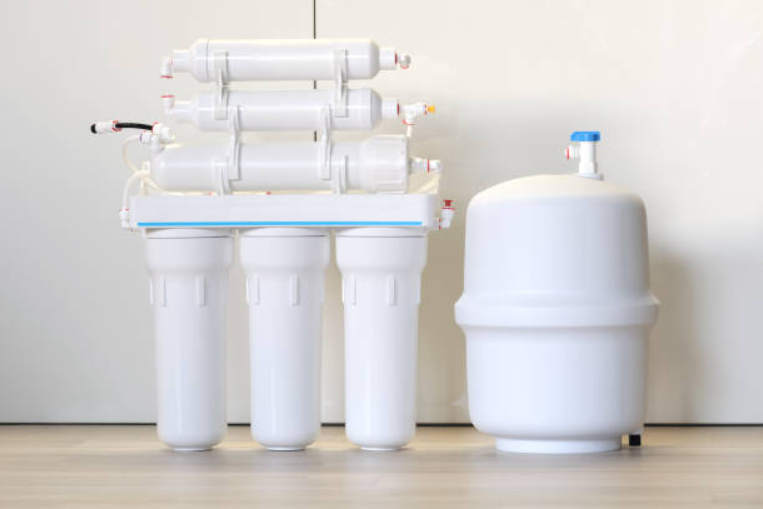
Out of the various types of water filtration systems, reverse osmosis is more favored among the others. In this article, we will try to understand what it is and how we can benefit from it. Reverse Osmosis System is a water filtration process that uses a semipermeable membrane to separate ions, unwanted molecules and larger particles from drinking water. Simply, a reverse osmosis is a process that will remove impurities from drinking water. BENEFITS OF REVERSE OSMOSIS WATER Admirably Effective at Removing Contaminants A reverse osmosis system removes contaminants that you can’t see but that could make you ill. Common pollutants from water include nitrates, lead pesticides, sulfates, fluoride, bacteria, pharmaceuticals, arsenic and much more. Better Taste Much like other filtered water solutions, reverse osmosis water benefits people by eliminating impurities like lead, bacteria, and viruses that may be present at the original source. This leads to better tasting water that is free of contaminants. Also Removes Minerals Reverse osmosis filters are most often intended to provide clean drinking water. Nonetheless, reverse osmosis does remove many of the minerals that produce hard water. Saves Money Reverse osmosis filtration delivers a quality water for just pennies depending on how much water you use. You can cancel your water delivery service if you’re used to buying bottled water. It Improves Cooking The impurities in water are going to affect the taste of the food you make. That makes a lot of sense when you think about it, because the water you cook with often ends up in your food. If you’re using tap water for cooking, there’s a good chance you have too much chlorine in it. That will not only cause food to taste odd, it discolors it as well. You’ll also find that coffee and tea taste better with reverse osmosis water. Easy Maintenance RO system’s effectiveness at providing purified water is dependent on filters and membranes. Since it has very few replaceable parts, making reverse osmosis systems easy to clean and service. ARE THERE ANY DISADVANTAGES? The only thing questions of reverse osmosis can point to as a disadvantage is that reverse osmosis systems filter out minerals. But in reality, you should be getting most of the minerals your body needs from the food you eat. Furthermore, the dissolved minerals found in drinking water are organic, which means your body has a difficult time absorbing them. The bottom line is that if you’re looking for the absolute best in water filtration for your household, a reverse osmosis system is for you. There’s a reason these systems have gained popularity all over the country. To recap the benefits we’ve discussed, reverse osmosis is highly effective at removing contaminants. It produces water on-demand, removes minerals, saves you money, and makes your cooked food taste better. Give us a call to find out about our reverse osmosis system services. We provide, install, and maintain these systems at very reasonable rates and with the utmost professionalism and expertise.
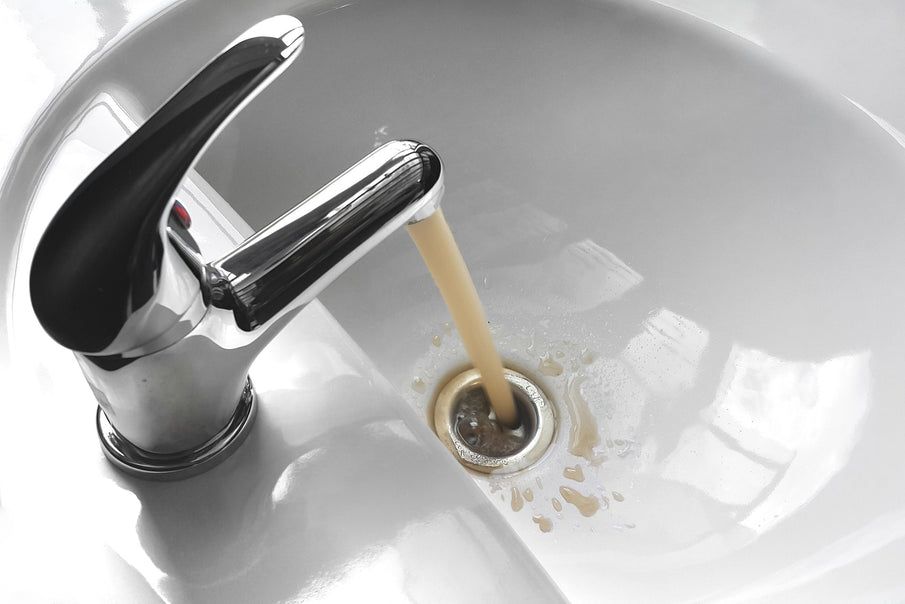
Does your water have a bitter taste or a musty odour? Are you noticing yellow tinting to your H20? If yes, you’re likely dealing with a particular variation of water contamination. To put it simply, it’s likely that you have tannins in your home’s water. Don’t fret; tannin contamination is a common and solvable problem. This article will establish what tannins are, how to test for them, and what kind of filtration options are available to assure your water is clean, clear, and crisp. Read on if you’re looking for a solution for your tannin problem. What Are Tannins? Before we can seek a solution to your home’s water contamination issues, it’s important to understand what tannins are and where they come from. Tannins are a natural organic material that can be the byproducts of nature’s fermentation process, be created as water passes through peaty soil and decaying vegetation. This can cause water to have a faint yellow to tea-like colour and can cause yellow staining on fabrics, fixtures, china and laundry. Tannins may give a tangy or tart aftertaste to water. They may also cause water to have a musty or earthy odour. Tannins – also known as fulvic or humic acid – are more common in surface water supplies and shallow wells than in deep wells. In marshy, low-lying, or coastal areas, water is also more susceptible to tannins. What Tannins Do To Water You may be unsure what this contamination is doing to your drinking water. Think of tannins in your water the way you might think about a steeping teabag. As the tea steeps in hot water, it becomes stronger and more flavorful. Tannin contamination works on a sliding scale, from highly contaminated to barely detectable levels of tannins in your water supply. Chances are, if you’re tasting tannins, you’re dealing with at least a moderate level of contamination. Besides the taste as mentioned above, the earliest signs of tannin contamination include: The tint – Is your water looking a little more yellow than you recall? Pure water should be obvious and transparent, so if you’re dealing with yellow water or brown water, that’s a sign you may have a tannin issue. Test your water supply from multiple sources to assure that it isn’t a plumbing issue before proceeding—your water should look the same when coming out of any faucet, whether that’s from your upstairs bathroom sink or the hose outside. Stains on fixtures – If you’re noticing a yellowish stain in your tub, sink, or toilet, you’re almost certainly dealing with tannin contamination. After a recent cleaning, fixtures can quickly become stained from the organic compound. Laundry problems – Noticing a yellow discoloration on your recently washed clothing? The washer might not be to blame, and Tannins can cause stains on clothes put through the wash cycle. While tannins may put a damper on your drinking water, they can cause a host of other problems throughout your household. Tannins can make everyday household chores more complex than they should be. Health Effects Tannins are considered an aesthetic problem. While they may make water unappealing to drink and stain laundry, they present no health hazard. Testing for Tannins Tannins create a light yellow to dark brown discoloration in the water. A simple test for tannins involves filling a clear glass with water and letting it sit overnight. If the colour settles to the bottom of the glass, the discoloration is most likely caused by iron and/or manganese and not tannins. If the intensity of the colour remains intact, it is most likely caused by tannins. If you suspect your water may contain tannins and wish to know how much tannin is present in your water, contact your local or state health department for a list of state-certified laboratories that can perform tannin testing. You may also wish to test for sulphates, alkalinity, iron, total dissolved solids (TDS) and hardness, as these may help determine which treatment method(s) will be most effective for your situation. There is another reason to test for iron along with tannins; iron creates a false positive for tannins and must be subtracted from the tannin result to determine that true tannin concentration. Tannin Filtration Options After establishing the precise contamination problems—whether strictly from tannins or a combination of water adulterants—the path to clean, delicious water leads directly to water filtration. You’re most likely already familiar with filtration to some degree, perhaps from a pitcher-based water filter, or an attachable filter on your sink. These are considered point-of-use filtration systems, and while efficient for minor filtration needs, if you’re dealing with tannins in your drinking water, you’ll need a point-of-entry filtration option. Point-of-entry filtration means the filter is attached to the source of the surface water supply, effectively filtering all the water within your home, as opposed to a single faucet. Point-of-entry filtration can vary in size and style but the most common options for a tannin filter system include: Carbon filtering – The most widely known variation of water treatment. Water passes through activated carbon filters that catch various contaminants as the water flows through. While it may work to lessen the contaminant of your water, this method is one of the least effective in removing organic material from drinking water. Therefore it is not our top recommendation. Water softening systems – A water softener processes water through a chemical process known as “ion exchange.” The minerals and tannins present in contaminated water are extracted and replaced with sodium ions resulting in clean, clear drinking water. Take note that while highly effective at removing tannins, water softening systems are less useful for filtering bacteria. Reverse osmosis systems – Reverse osmosis (RO) uses a serious amount of pressure to force water through a semi-porous membrane. This membrane traps tannins and other contaminants while letting water molecules through. RO can remove an assortment of contaminants including tannins, making it a great all-around filtration option. While the circumstances and requirements of filtration are based on your specific needs, rest assured that there are several methods to guarantee clean water in your home. There’s no reason to let tannins spoil the experience of a seriously refreshing glass of water.
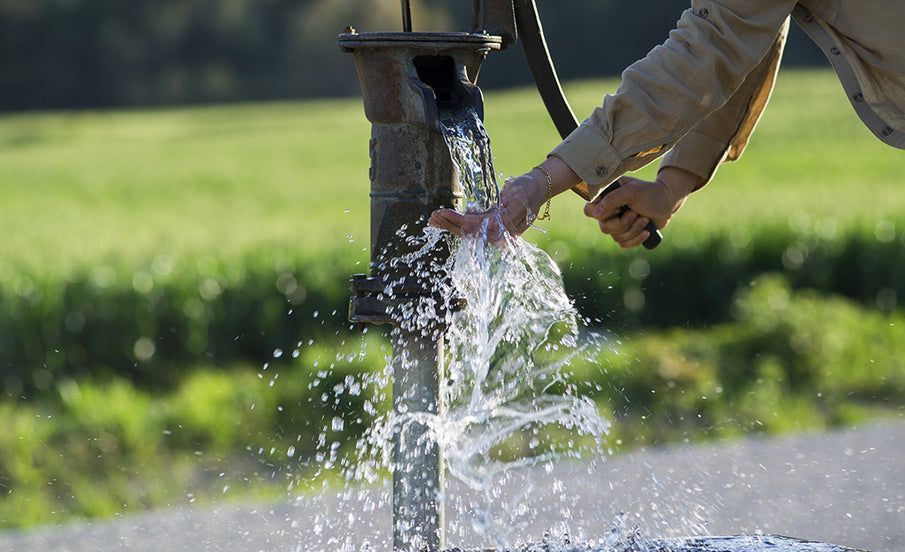
Water pumps are widely used all over the world in different industries for numerous applications. A pump has multiple types that are designed according to the requirements of different household or commercial applications. In this article, Pure Water Canada will explain the different types of Water Pumps and their functions. Sump Pumps Most water pumps used in residential applications, like sump pumps, sewage pumps, effluent pumps, and pond pumps, are submersible. This means they can be used underwater, in fact, some of them may not work unless submerged. The housing for most submersible pumps is sealed to protect the motor. Some other types of pumps are NOT submersible. Generally, they can be submerged to a certain point or are safe to come in contact with water, but will stop functioning if fully submerged. Sump pumps are automatic pumps designed to drain (mostly) clean water quickly and help to prevent flooding of your home or commercial space. Usually, sump pumps are installed in a sump pit or basin. Water accumulates in the pit first and is pumped out of your home by the sump pump. Sump pumps can be submersible or pedestal style. You'll be able to tell just by looking at it because a pedestal pump will be tall and skinny while a submersible will be more compact. Sewage Pumps Homes outside of municipal sewer systems rely on septic systems for waste management. A septic system requires the use of a good sewage pump to move a home’s wastewater to the septic tank. Unlike effluent pumps or sump pumps, which move only water, sewage pumps can move wastewater with solids up to 2 inches in diameter. The best sewage pumps feature powerful ½-horsepower motors that can move up to 10,000 gallons of wastewater per hour to the septic tank or the main sewage drain. They feature durable cast-iron construction that can hold up in the murky environment of a wastewater basin. While the number of gallons per hour your sewage pump can move is perhaps the most crucial factor to consider when shopping for a pump, there are other critical factors, including the quality of the pump’s construction and the size of its motor. Booster Water Pump A water pressure booster pump is used for improving water pressure and flow rate. Without enough pressure, water cannot circulate from a source to another desired location in your home. If you’ve noticed water trickling out of your shower head lately, it's likely because the water pressure is low. The standard booster pump comprises a motor, impeller, ports, and a pressure sensor. Here's a crash course on how booster pumps improve your water pressure: Water enters the pump system through the inlet. As the water touches the impellers, they spin and increase the speed at which water flows. Then the water exits the system through the outlet to the desired location. The pressure-increasing action happens when the impellers speed up the flow of water passing through the system. That speed is converted to pressure, which explains how booster pumps maximize water pressure. Contact Us Today and We Will Help You to Pick the Perfect Water Pump! Pure Water Canada provides the best solutions for your water treatment, plumbing, pump and tank needs! If we don't have it, we'll find it for you! We provide all our customers with a vast number of different products to suit your needs. Whether it’s a high-end professional product or an economical choice, we have you covered. All our parts are covered by the Manufacturer’s Specifications


